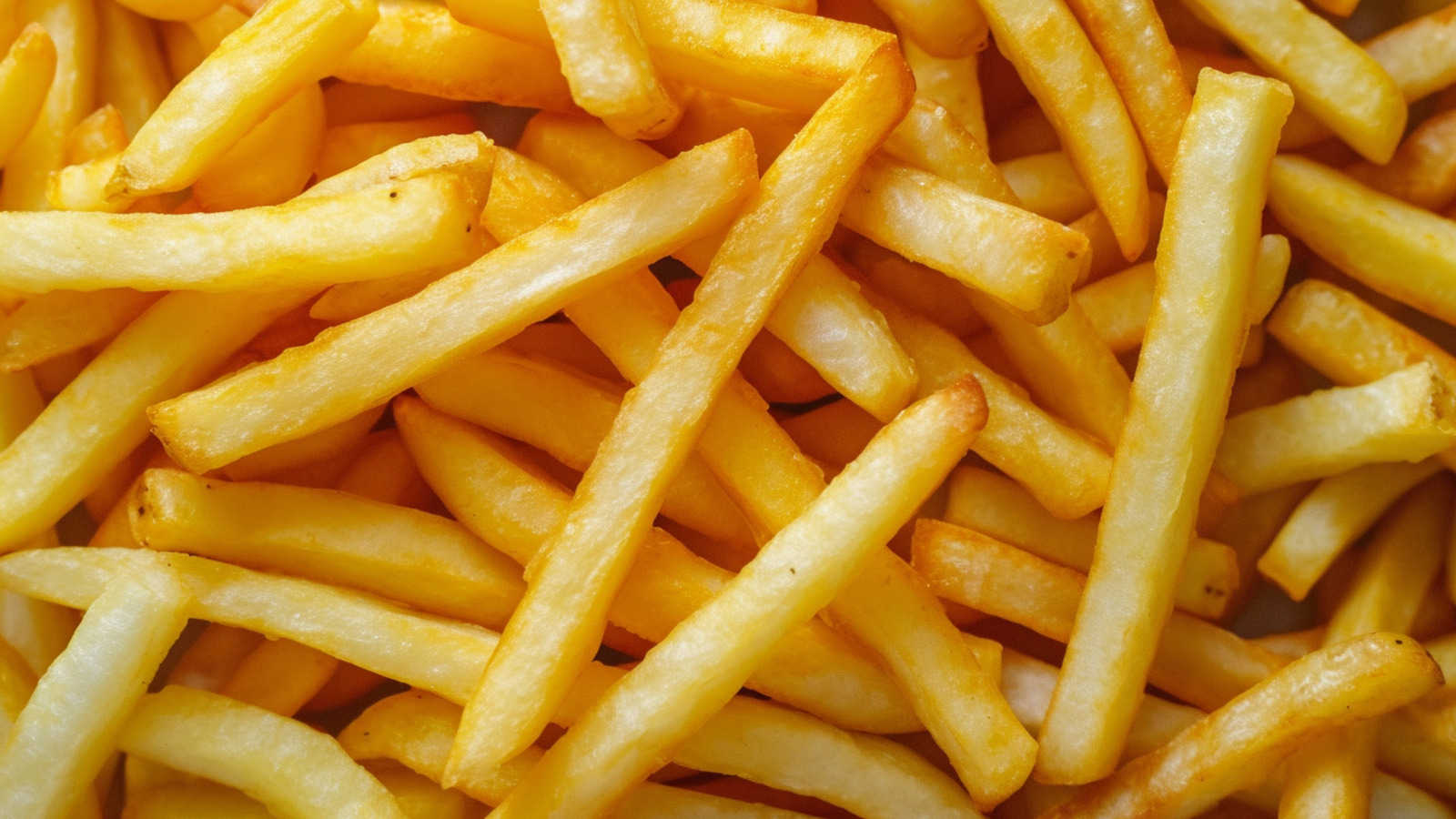Fast food french fries are nearly as varied as the potato is versatile. They come curly, crinkled, and crunchy.
For the most part, it’s hard to go wrong with fried potatoes, though some versions of the greasy side shine more than others. Wendy’s undoubtedly ranks up there among the victors in the battle of the best fast-food french fries (Wendy boldly says so herself, on the restaurant’s website). They’re sturdy enough to withstand even the densest of dips (and, of course, a dunk or two into your Frosty), and the natural cut potatoes give you a little irresistible patch of potato skin that adds to the texture and flavor.
In the over fifty years since Wendy’s has been running, the brand has only given their fries — a fundamental on their menu — two makeovers. While the company’s 2021 announcement claimed to improve the shelf … er, paper bag life of their french fries and fight back against soggy potatoes, Wendy’s also gave their french fry formula a makeover in 2010, adding a sea salt topping. This is the same year Wendy’s switched to the “natural cut” version you’re used to using for Frosty scooping.
Why Wendy’s uses sea salt on their fries
Crispy french fries have been a Wendy’s menu mainstay from the beginning when the first Wendy’s restaurant opened its doors in 1969. However, in November 2010, Wendy’s rolled out their russet potato, skin-on, natural cut french fries with a sea salt coating as part of a push to introduce “real” ingredients, an initiative that also saw a lineup of new salads hitting the menu.
Sea salt is produced by evaporating ocean water. Though it’s been touted as a healthier alternative, the Mayo Clinic states the ingredient offers generally the same nutritional value as table salt. The product is an essential salt to keep stocked in your pantry, however. Table salt can be a lackluster option for seasoning. Sea salt tends to have a slightly stronger flavor. This is because the mineral is typically less processed than regular table salt, which is first mined, and then stripped of other minerals, and often mixed with iodine.





